Empire: Revenant Review
Pros: Decent graphics, casual gameplay, browser accessible, feature packed
Cons: Rather boring content, questionable RNG in the Tavern, poor translations into English
Graphics: 6
Gameplay: 4
Performance: 8
Overall: 6
We had the chance to check out Empire: Revenant from AMZGames recently, a new free to play browser MMO where players build up their team of Heroes, train them, equip them, and work towards completing a campaign story-arc, fighting PVE bosses and battling each other in the Arena for rank points and rewards. For anyone familiar with the genre, they’ll know exactly the type of game that Empire: Revenant is, they’ll know what kind of features to expect and how the gameplay is handled, it delivers exactly what you expect it to deliver.
That’s part of the problem.
The game delivers the same rote of recruiting Heroes from the “tavern”, equipping them with gear into personal gear slots, acquiring silver to upgrade their gear and train their heroes which in turn increases stats and the Heroes/teams overall Battle Rating (BR). We’ve all seen it a multitude of times over, it is the format for this genre, and whilst this being the core basis of the game isn’t an issue in itself it is what else is added to the game to make it different. Honestly, from our play through of over two hours and reaching level 32 we have to say not that much.
When starting out we had three factions to choose from, the Greek, Roman or Persian Empire as the theme is of ancient historic conquerors making their way through a campaign of conquest and destroying rival nations. On the way you’ll battle against Ramesses II, Xerxes, Achilles, and various other factual and mythological heroes and leaders; the problem is that you’ll battle against all of these regardless of which faction you choose, there is absolutely no difference to gameplay, the characters you fight, the look of your cities or anything other than a different coloured flag next to your generic leader profile that splits players into three groups to fight each other in “factions”.
The story itself is non-descript, some discussion between NPCs that starts to get confusing as it’s sometimes hard to tell whether the character you’re talking to is an ally or an enemy, combined with relatively poor English translations at times and an uninspiring story that is nothing more than which empire to overthrow next and making threats to the NPC rulers. The main focus of the PVE levelling game is the story campaign, but it has no depth and no variation between Empires resulting in zero replay factor.
An element to the game that we were particularly dubious about was how the RNG worked on the Tavern system acquiring Heroes; when entering you are shown 8 randomly drawn Heroes in differing qualities (Green, Blue, Purple) and the game cycles through them highlighting them in turn rotating at speed in a sort of wheel of chance style mechanic, the selector starts slowing down and then lands on your “random” Hero reward. Of our eight cards two of them were “Aulus” a green Hero with a Blue level skill he’d use in combat, so it was unsurprising that with a 25% chance we’d get him, and we did. However, when in our testing we tried a different Empire to see the differences and we picked up Aulus again as our first “random” hero we were a little more surprised, albeit it’s still a 1 in 4 chance we’d get him. So we made five more accounts and each time we got the exact same card as our starting hero which really begs the question as to whether this RNG based system really is always random, further concern is you spend GOLD to use this system, which is bought with real cash. When selecting our initial Empire we had an option to choose a random Empire and get 200 gold premium currency for it, and so we had some cash to spare to buy more Heroes and try out the system, whether it’s truly random or not what was apparent is that the speed at which the selector slows down and stops changed all the time, quickly bypassing Blue heroes (and sometimes seemingly skipping passed them) and hanging long enough on green heroes or getting a last sudden jump to end on one.
Combat is fairly standard, the Array system consisted of a 3x3 grid where we could position our Heroes tactically (defenders at the front, weak defense strong attackers at the back, etc.) and we unlocked more available slots as we levelled up. The problem for us was that for 32 levels and two hours of gameplay pretty much every battle was a one sided ass kicking that was over in three turns as we charged rough shod over every enemy we faced. At one point we actually lost a battle, then realised it was because we hadn’t bothered training our Heroes or upgrading our gear for 20 levels and were suddenly underpowered, after spending a couple of hundred thousand silver we’d accumulated we were back to steamrolling the AI in fights that were about as long as they were fun (not very).
Ultimately the game has nothing original to it and lacks so much that other games in the genre add, though if it’s the first game of this type that you’ve ever played and the team hero management genre is your kind of thing then all in all it’s far from the worst game out there. Where it lacks in story content it is at least visually decent, albeit some of the buildings in your city have no place stylistically in a Greek, Roman or Persian city and feel more like an elven high fantasy style (questioning whether these assets were actually meant for this game originally if we’re honest).
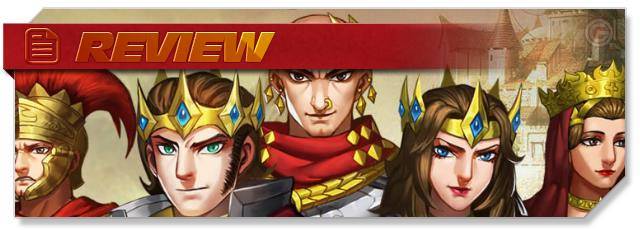
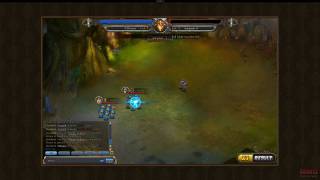
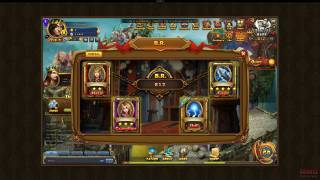
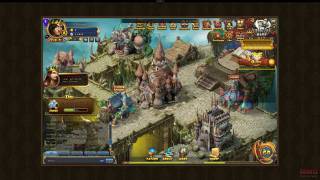
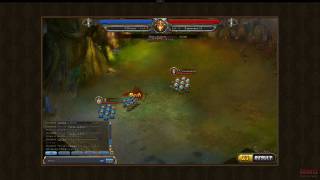
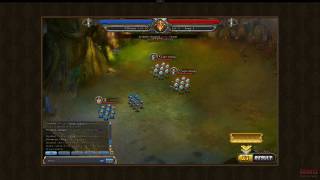
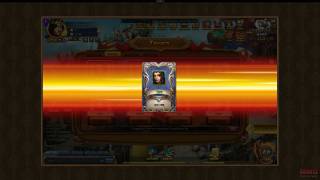
Deja tu comentario
You must be logged in to post a comment.